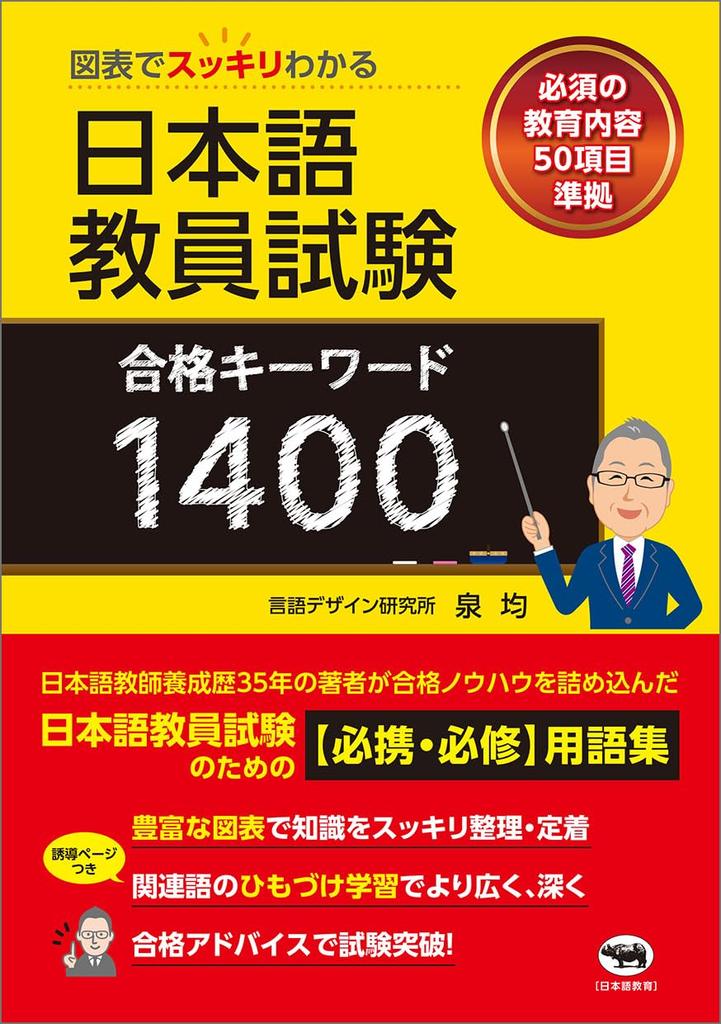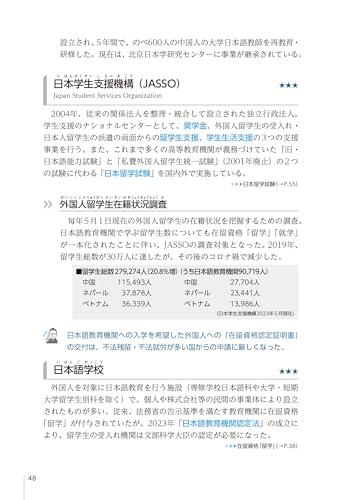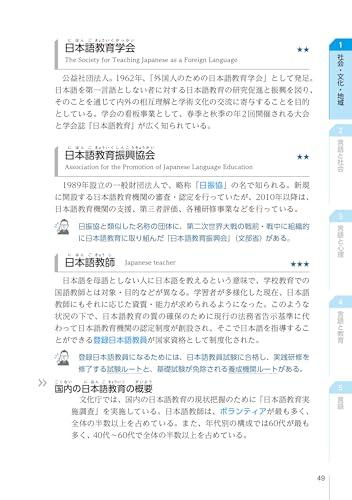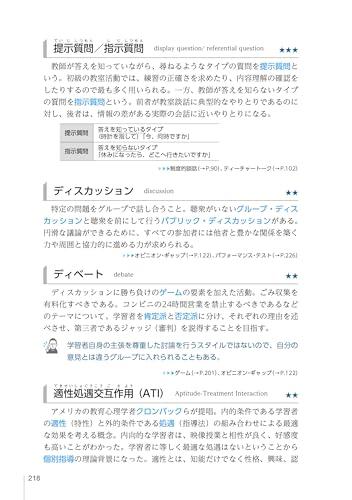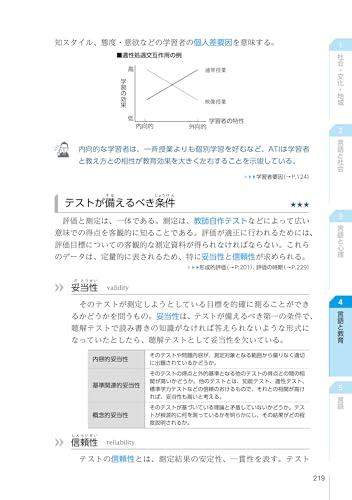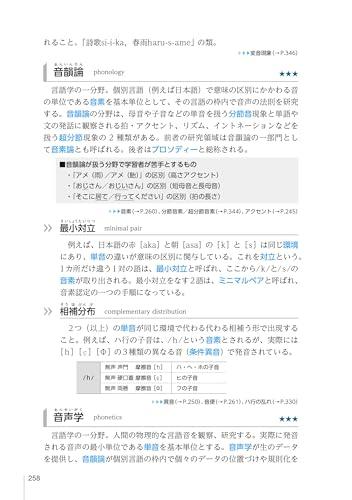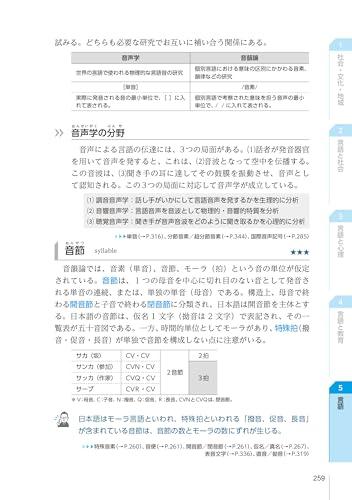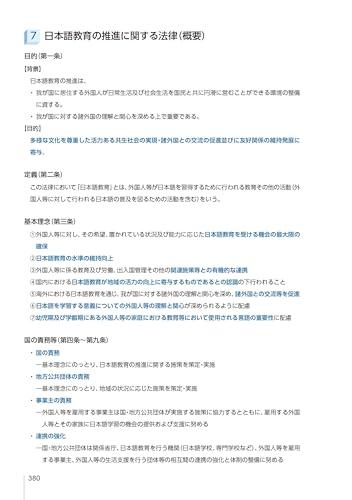1400 Keywords for Passing the Japanese Language Teacher Examination: Clearly Understood with Diagrams









Popis
Finally a national certification! Prepare for the Japanese Language Teacher Examination, a prerequisite for obtaining the national certification of "Registered Japanese Language Teacher."
With 35 years of experience training Japanese language teachers, the author, who is thoroughly familiar with the exam and test-taker trends, has packed this [Essential/Required] Glossary for Passing the Japanese Language Teacher Examination with passing know-how.
This book is a collection of keywords based on the "50 Essential Educational Contents" required for Japanese language teacher training. The author, who has dealt with countless exam questions and test-takers for over 35 years, has carefully selected 1,452 essential keywords for passing the exam, explaining them in a concise and easy-to-understand manner with content tailored to the exam.
Three Key Points ■Clearly Organize and Consolidate Knowledge with Abundant Diagrams Explanations are extensively made use of diagrams. Diagrams not only help organize and understand knowledge, but also solidify it as an image. Numerous easy-to-understand examples are provided for keywords that are difficult to understand from the text alone. ■Broaden and deepen your knowledge by linking related words Related words are added to headwords and subheadings. The page number on which each related word appears is listed. Reading not only the headword and subheadings, but also related words will deepen your knowledge. ■ Pass the exam with advice!
Keywords are provided with one-point advice for passing. We'll teach you key points for exam preparation and additional knowledge to help you pass.
[Keywords are structured in three layers: headword, subheading, and related words] - Headword... Important basic keyword - Subheading... Keywords closely related to the headword - Related words... Keywords related to the headword or subheading Under each headword, we list and explain subheadings that you should also remember. Reading the headword and subheadings in order from top to bottom deepens your understanding. Additionally, headwords and subheadings are accompanied by related words as needed. The page number on which the related words appear is also listed, so be sure to read the explanations for the related words as well. Learning by linking words will deepen your knowledge.
[Appendix Material with 120% Utilization] 1. International Phonetic Alphabet 2. Modern Japanese Phonetic Symbol Chart 3. Modern Japanese Consonants and Semivowels (Vocal Tract Cross-Section) 4. Japanese Grammar 5. School Grammar 6. Romanization Spelling 7. Japanese Language Education Promotion Act 8. Japanese Language Education Institution Accreditation Act 9. Transitional Measures for Acquiring Registered Japanese Language Teacher Certification 10. Accreditation Standards for Certified Japanese Language Institutions 11. Japanese Language Education Framework
──────────────────────── Hitoshi Izumi While working in the field of dispatching foreign engineers to companies, he developed an interest in different cultures and made a sudden turn toward the world of Japanese language education. He currently serves as Representative Director of the Language Design Institute, a general incorporated association, and as the principal of a Japanese language school. He is dedicated to realizing a multicultural society through Japanese language education and training and nurturing the Japanese language teachers who support it. He has 35 years of experience training Japanese language teachers. He is well-known for his clear, "visualized" lessons, and frequently lectures at universities and training courses. Every year, he sends out many Japanese language teachers into the world. His seminars hosted by the Language Design Institute attract participants from all over the country. He graduated from the Faculty of Economics at Rikkyo University. His books include "Easy Japanese Teaching: 9 Linguistics" (Bonjinsha) and "1400 Keywords for Passing the Japanese Language Teaching Proficiency Test, Clearly Understood with Diagrams" (Shobunsha).
